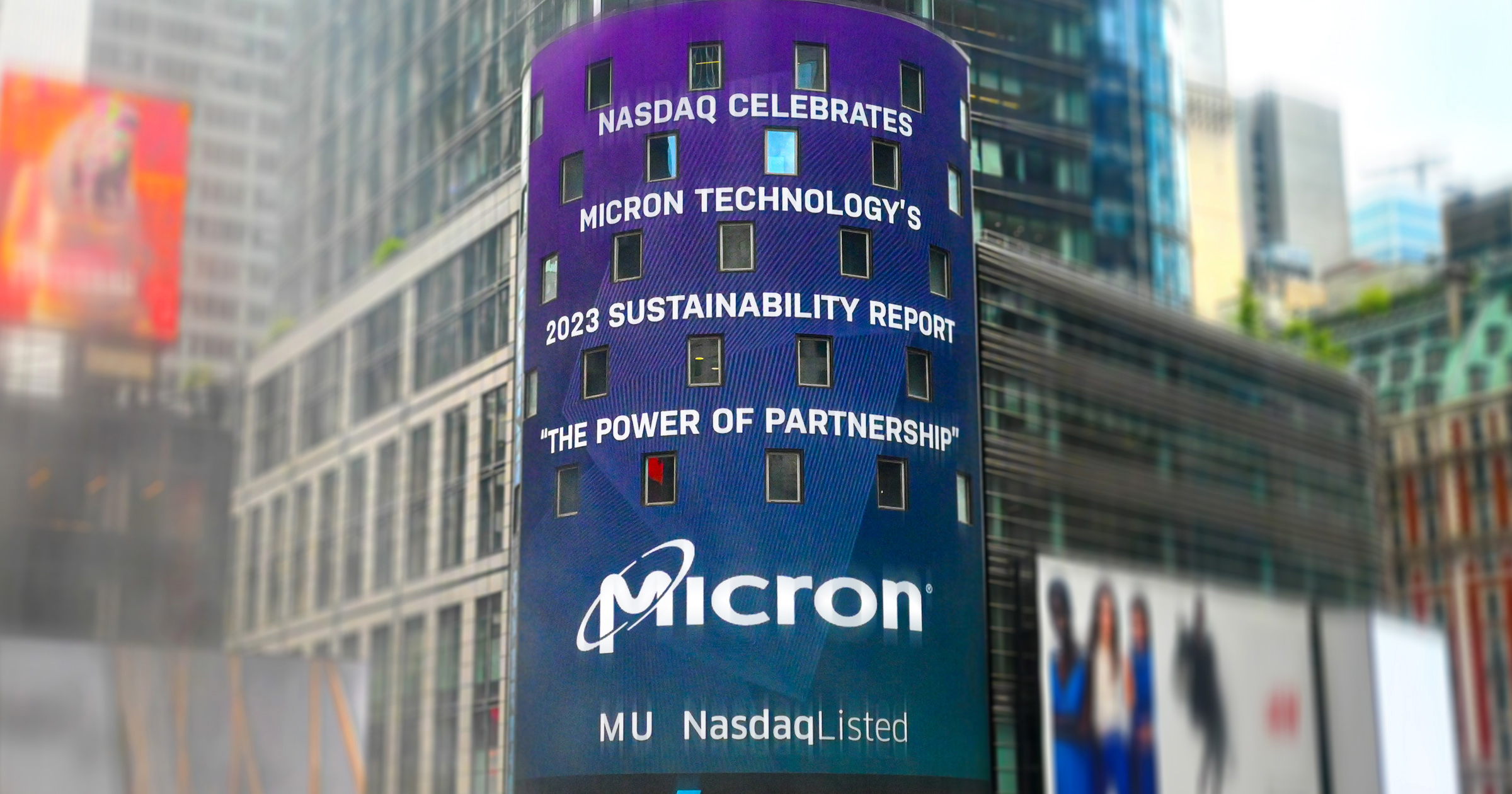the latest developments in the semiconductor industry as Micron Technology (MU.O.) forecasts a strong recovery in quarterly revenue. Explore insights into the memory chip market’s revival, with positive indicators for flash storage and dynamic random access memory (DRAM). Gain valuable perspectives on the demand for high-bandwidth memory chips, driven by the integration of artificial intelligence in various applications. Stay informed about Micron’s impressive financial outlook, reflecting positive trends in the memory market. Follow the surge in Micron’s shares and projections, signaling a promising trajectory for the semiconductor sector in 2024 and beyond.
Micron Technology’s
Micron Technology (MU.O.) has projected a robust recovery in its quarterly revenue, surpassing market estimates and causing its shares to surge by nearly 5% in extended trading. This announcement comes as a welcome sign of a potential upturn in the memory chip market in 2024 following a notable downturn.
The company anticipates a continued improvement in demand for flash storage and dynamic random access memory (DRAM) in the coming year. Simultaneously, the supply of these memory chips is expected to approach historically normal levels. Micron’s CEO, Sanjay Mehrotra, expressed optimism during a conference call, stating that memory prices, which experienced a slump this year, are expected to rebound next year and continue to rise in 2025.
Micron has forecasted a second-quarter revenue of $5.3 billion with a margin of $200 million, surpassing estimates of $5.03 billion, according to LSEG data. The company is confident that the supply of chips for PCs, mobile devices, and other applications will reach normal levels in the first half of the upcoming year.
Being a closely watched chipmaker, Micron’s results provide insights into the semiconductor market well ahead of other companies reporting in January. Additionally, Micron’s memory products often serve as indicators of demand in various semiconductor markets.
The demand for Micron’s high-bandwidth memory chips has surged, thanks to the integration of generative artificial intelligence into products and services. These high-bandwidth memory chips are crucial for training large language models that form the backbone of AI technology. Micron’s CEO noted that there is a strong demand for AI servers, with data center operators reallocating budgets from traditional servers to content-rich AI servers.
Micron’s projections suggest that the memory market is on the path to recovery for both memory and flash storage. Rival SK Hynix (000660.KS) has already supplied AI giant Nvidia (NVDA.O), and Micron is in the final stages of qualifying its HBM3E chips for use in Nvidia’s next-generation Grace Hopper GH200 and H200 platforms.
For the second quarter, Micron expects an adjusted loss of 28 cents per share, plus or minus 7 cents, which is significantly better than the estimated loss of 62 cents per share. This signals positive momentum in the company’s financial performance.
The recovery in the memory market is further validated by the earnings reports of major chipmakers Intel (INTC.O.) and Advanced Micro Devices (AMD.O.), indicating a gathering pace in PC demand following a post-pandemic supply glut.
In an interview with Reuters, Micron’s Chief Business Officer, Sumit Sadana, emphasized the significance of high-bandwidth memory (HBM), highlighting its technical complexity as the most intricate product ever designed in the DRAM industry. Micron anticipates “several hundred million” dollars in high-bandwidth memory revenue in fiscal 2024, with continued growth in 2025.
Micron’s positive projections and recovery trends in the memory chip market indicate a promising outlook for the semiconductor industry in the coming years.

The reputation of the website will surely see an improvement in the near future as a result of the high-quality content and the active involvement of the administrator.